Why Do White People Wear Shoes In The House? 5 Reasons
In our exploration of diverse cultural practices, we find that white people commonly wear shoes in the house, guided by cultural norms and personal routines. Various reasons, such as maintaining foot warmth, ensuring protection, or adhering to habit, often underpin this practice. We observe that practices and beliefs about wearing shoes indoors can vary widely among individuals and families. Importantly, we recognize that this behavior transcends race and ethnicity, as people from numerous cultures worldwide also embrace the practice of wearing shoes inside the home.
Wearing shoes in the house is quite normal for white people. Are there any specific reasons for why do white people wear shoes in the house that? And are there any benefits to wearing shoes indoors? Let’s find out in this article!
Is It Common To Wear Shoes In The House?
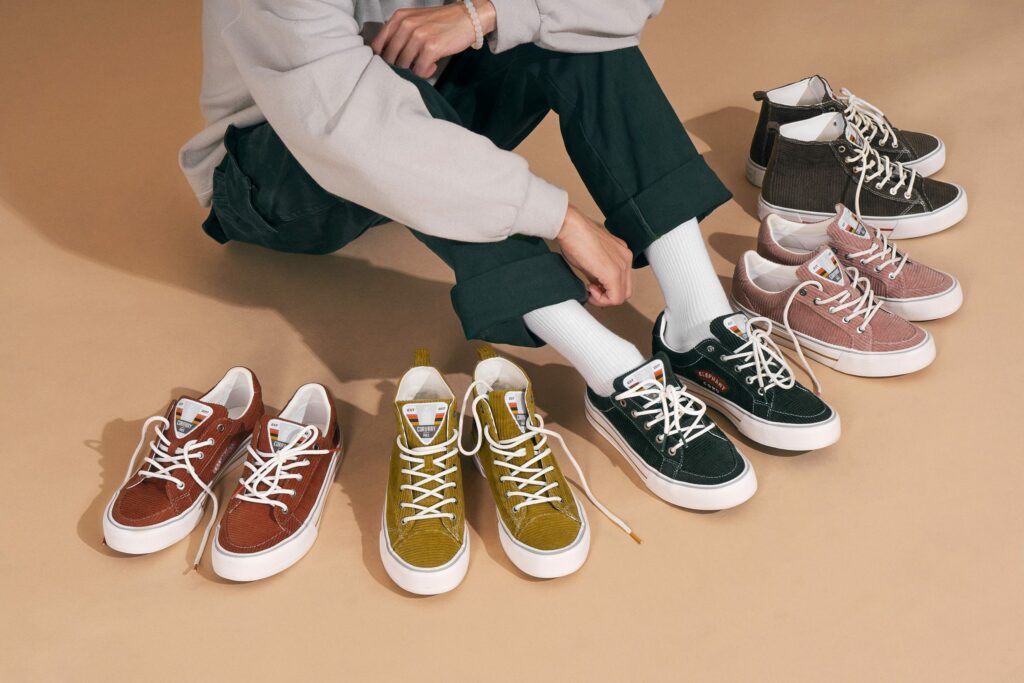
For Asian people, wearing shoes indoors is not necessary because of some cultural reasons. They think that shoes are dirty and only used outdoors, so they always take off the shoes before entering the house. This practice is common in almost every Asian country such as Vietnam, China, Japan, Korea, etc.
In these countries, the homes are sacred spaces where they have personal activities, worship, and so on. Therefore, it is important to keep the house tidy and clean. Wearing shoes indoors is considered a sign of disrespect.
On the contrary, in most Western countries, it is very common to wear shoes in the house. Check the map below:
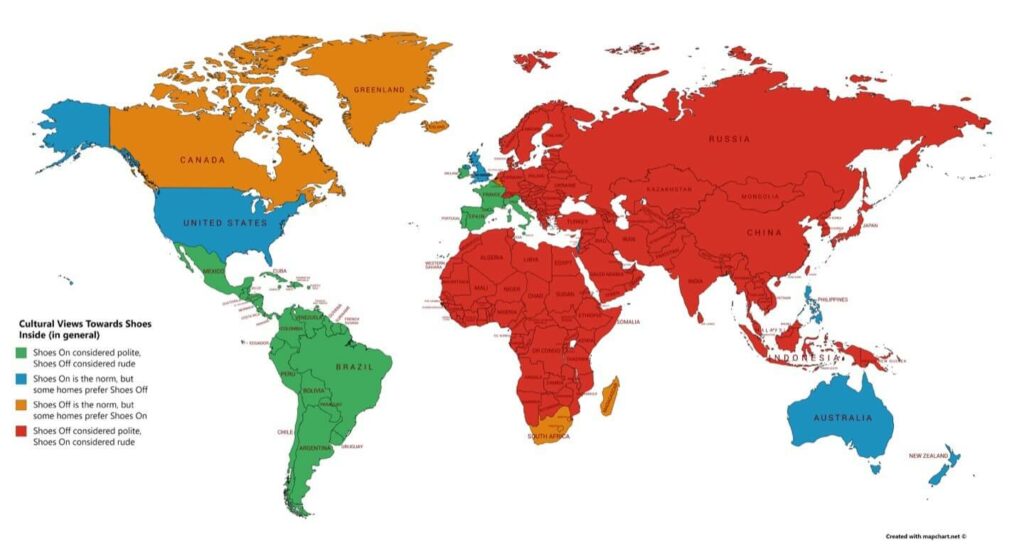
Read more:
Why Do White People Wear Shoes In The House?
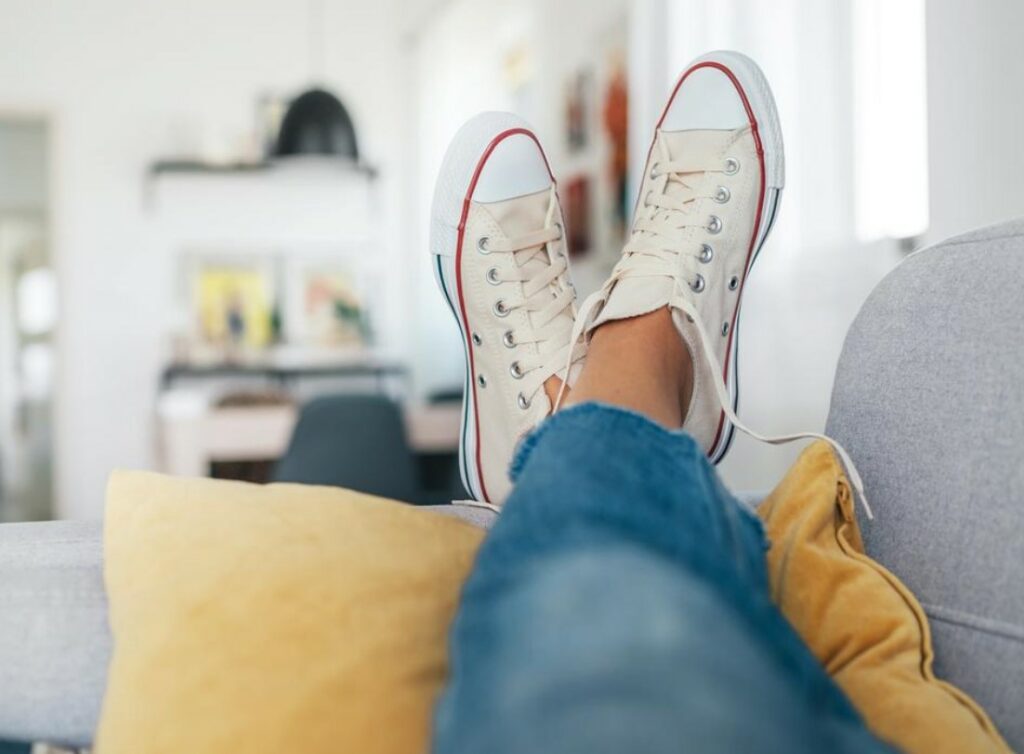
There are various reasons to explain this action – partly because of tradition. But there are also many other reasons from different aspects. Let’s go through a list of 5 common reasons why do people wear shoes in the house.
Cultural and traditional aspects
We, as humans, just follow traditions naturally. If we were born in a country where everyone wears shoes inside the house, we would do the same. For that reason, if you are in Europe and the US, you will not ignore this practice. The culture has just been developed in these countries.
There is no evidence of when and how white people started wearing shoes indoors. But the time is approximately believed to be at least a few centuries old. Research showed that people started doing that in medieval Europe to prevent diseases like the plague. As time went by, it gradually became a cultural part of their lives and continues to be practiced until now.
Britain is where this tradition is maintained the most. The Brits have mats in front of the house so they and the guest can wipe off the mud and dust before entering the house. Some experts believe psychology also explains that the Brits don’t want to expose their feet to the public gaze. Taking off the shoes can also lead to unpleasant smells.
Protect the feet from slips and cold
Whatever materials the floor is made of, it can be slippery for some. If you have elderly living with you, it is necessary to let them wear shoes indoors all the time to prevent slippery and potential injuries. Wearing slippers or sandals indoors is a good idea.
According to a well-known study in the Science Daily named “Going barefoot in the home may contribute to elderly falls,” 52% of older people fall on the slippery floor barefoot. With shoes, the possibility is decreased to 20% and lower.
Thus, in the west, many white people will prefer wearing shoes indoors to protect their feet from the cold coming from the floor. We all know that the floor can not be clean all the time. When walking barefoot inside, we are exposed to viruses and bacteria. For this reason, most Americans and Europeans believe that to maintain hygiene, they must wear shoes indoors.
Prevents infection
Also, with shoes indoors, they also protect their feet from insects, including ants and termites. They will feel more confident walking around the house and, in the meantime, getting rid of dust and debris.
In many countries, they don’t wear outside shoes in the house so as not to spread bacteria to the house. A study from the University of Arizona showed that more than 9 different kinds of bacteria are often found under the bottom of shoes. A new pair of shoes used for 2 weeks can contain more than 440,000 units of bacteria that can cause E. Coli. The possibility that these bacteria can transfer to the floor and tiles are up to 90%.
Wearing shoes in the house supports our feet
Different people have different foot structures. Our feet were made to walk on soft surfaces such as sand, soil, and grass because these surfaces naturally accommodate the foot’s shapes. The house floor, on the other hand, is hard and flat, so it is not good for walking barefoot for a long time indoors.
For this reason, many doctors and experts have suggested wearing shoes in the house to protect our feet, especially walking barefoot for those who have high arches can lead to structural injuries. Walking barefoot on hard surfaces for a long time is pretty bad for our body as well, due to the amount of stress not only to the foot but to the rest of the body.
These people should wear shoes not just comfy slippers because they cannot protect the foot conditions, they are made only for shock absorption.
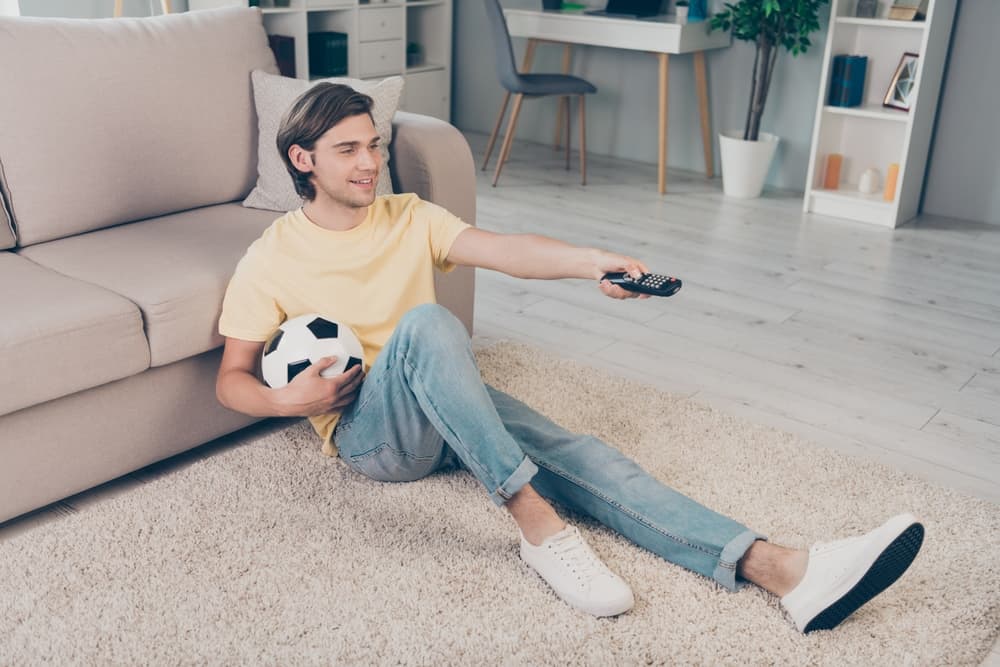
For cushioning and comfort
The fifth major reason why white people wear shoes in the house is that it makes them more comfortable and in some cases, feel good.
According to psychologist surveys, wearing the right shoes indoors helps people to feel good about themselves. When they change their outside shoes indoors, they have a shift in their mentality that helps them feel relaxed and cozy. Wearing shoes indoors also makes them feel confident and cozy in their house and this is also a good practice for self-care. When you put on comfy shoes after a long day at work, you will feel like you treat yourself better. This is why they often choose breathable fabric to prevent the feet from getting sweaty. When the shoes get wet, bacteria and fungus will grow and thrive, leading to infection.
How Does The Practice Compare Globally?
In our journey through the fascinating world of cultural practices, we’ve noticed that the habit of wearing shoes indoors isn’t just prevalent among white people but is a global phenomenon, varying significantly from one culture to another.
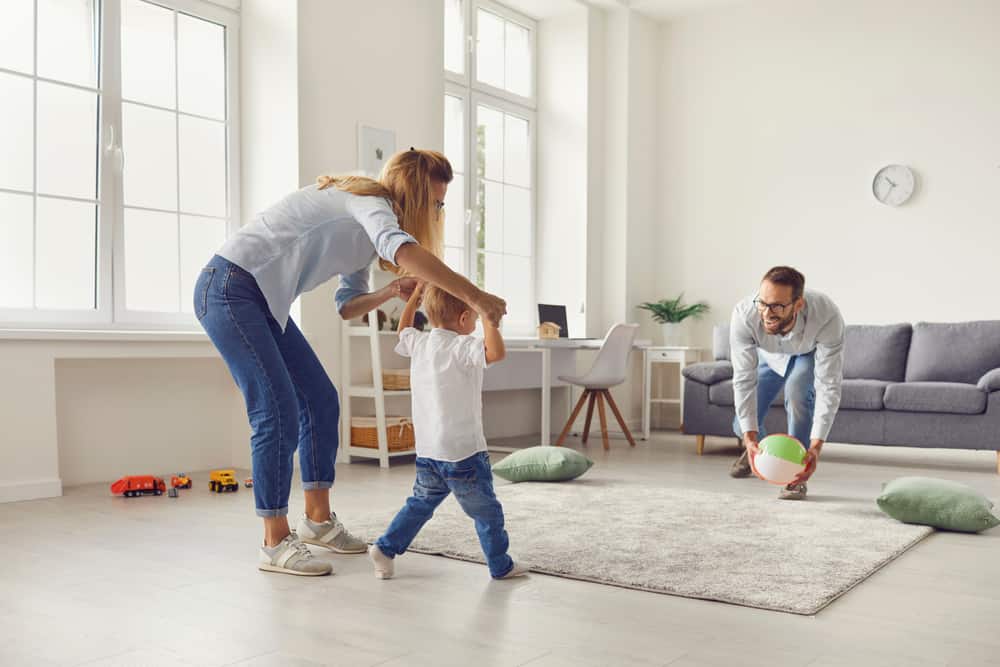
Indoor Shoe Wearing in Different Cultures
In Japan, for instance, the tradition is quite the opposite. We’ve observed that the Japanese meticulously remove their shoes before entering a home, symbolizing the separation of the external chaos from the internal peace and cleanliness of a residence. This practice is deeply embedded in their culture and is strictly adhered to.
- Japan: Shoes off, respecting cleanliness and spiritual peace.
- Korea: Similar to Japan, maintaining indoor purity is crucial.
- Scandinavia: Often, shoes are removed to preserve the cleanliness and integrity of homes.
In contrast, when we look at countries like the USA or certain European nations, the norms around wearing shoes inside the home can be quite flexible and largely dependent on individual or family preferences.
| Country | Practice | Reasoning |
| Japan | Shoes off | Cleanliness, Respect |
| USA | Varies | Comfort, Habit |
| Scandinavia | Typically off | Cleanliness |
| India | Mostly off | Tradition, Respect |
Global Perspectives On Indoor Footwear Etiquette
Diving deeper into global perspectives, we find that indoor footwear etiquette is often a reflection of a country’s climate, historical practices, and sometimes, religious beliefs. In Russia, for example, it’s common to remove shoes, partly due to the muddy conditions prevalent for a significant part of the year. Meanwhile, in India, removing shoes before entering someone’s home is not just about cleanliness but is also tied to respecting the host and the space.
- Russia: Practicality and cleanliness dictate the removal of shoes.
- India: Tradition and respect guide footwear etiquette.
We, as a team, believe that understanding these global practices is not just crucial for fostering respect and understanding when visiting different countries, but also provides a fascinating insight into the myriad ways cultures have adapted and evolved their practices over time.
| Cultural Insight | Countries | Practice |
| Respect | Japan, India | Remove shoes |
| Practicality | Russia | Remove shoes |
| Personal Comfort | USA, Australia | Varies |
In our exploration, we’ve found that while the practice of wearing shoes indoors might be common in certain cultures and regions, it is by no means a universal practice. It’s a beautiful tapestry of varied beliefs, practices, and traditions that make our world so wonderfully diverse and intriguing.
Conclusion
In our experiance, above are the most common reasons why white people wear shoes in the house. Apart from cultural practices, wearing shoes indoors also brings health benefits. Therefore, the next time you go to those countries in the West, you might need to pay attention and follow their practices.









